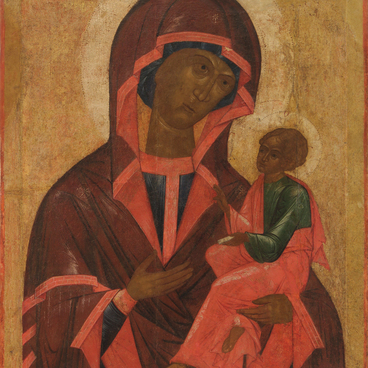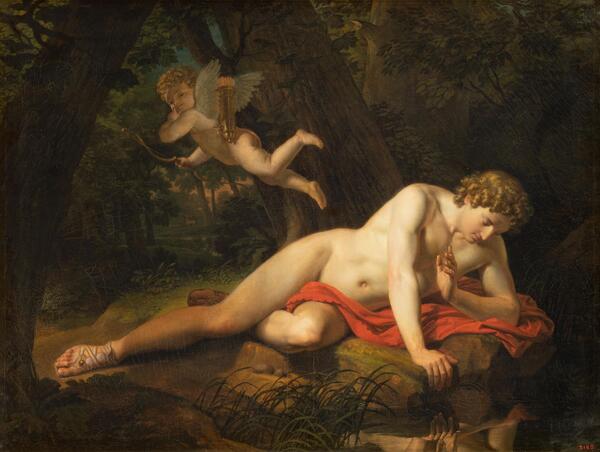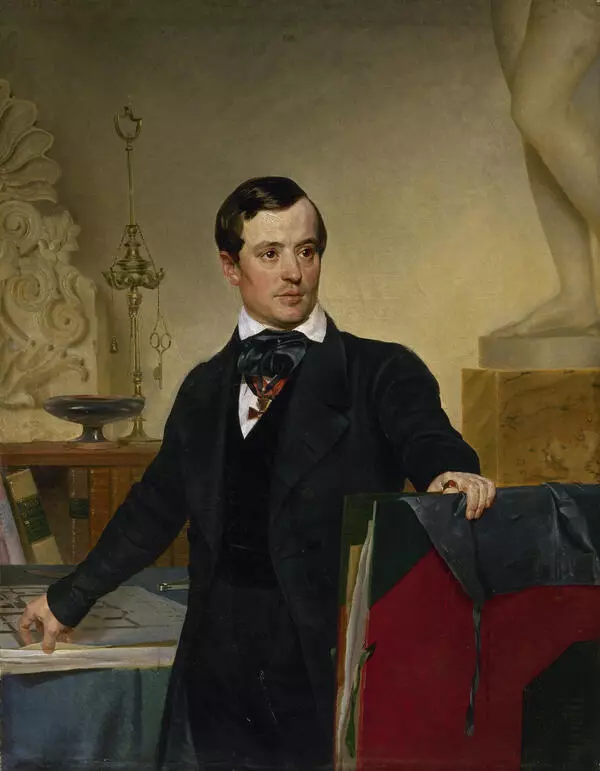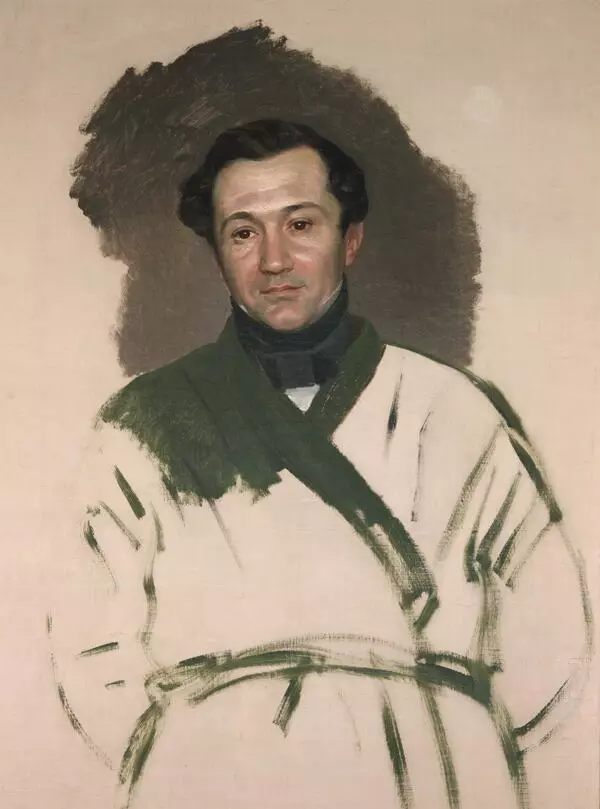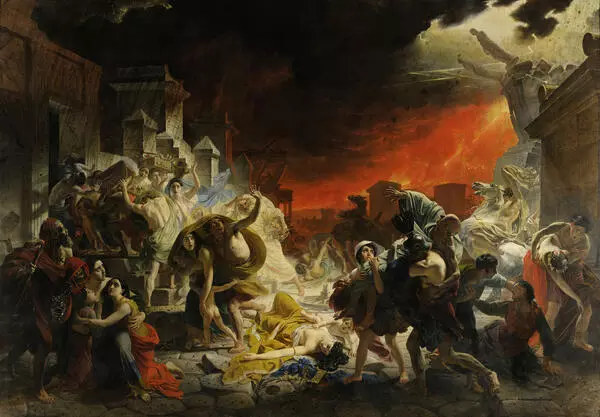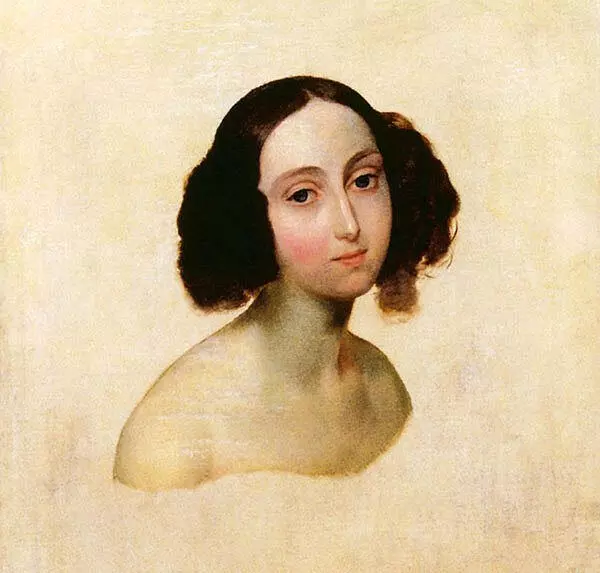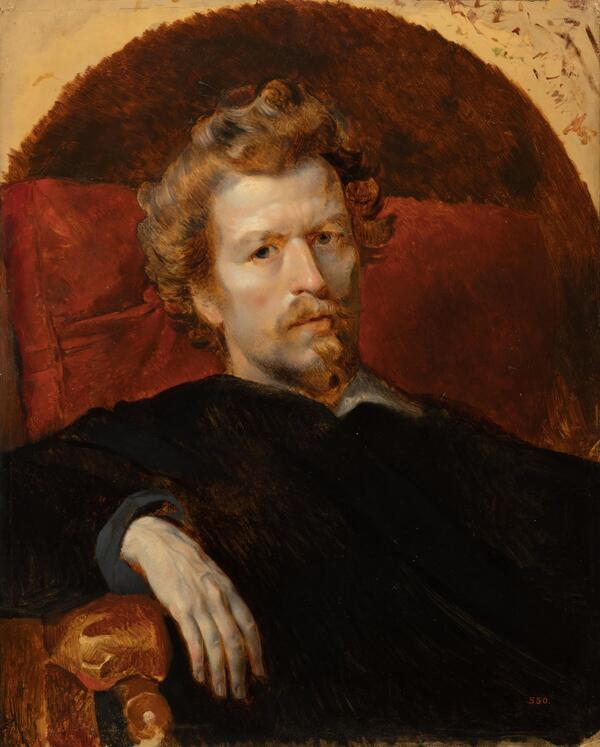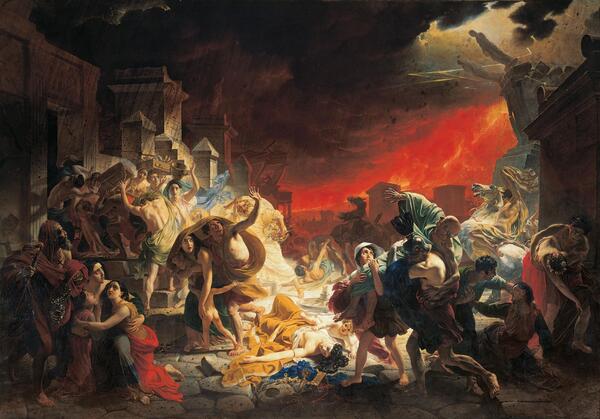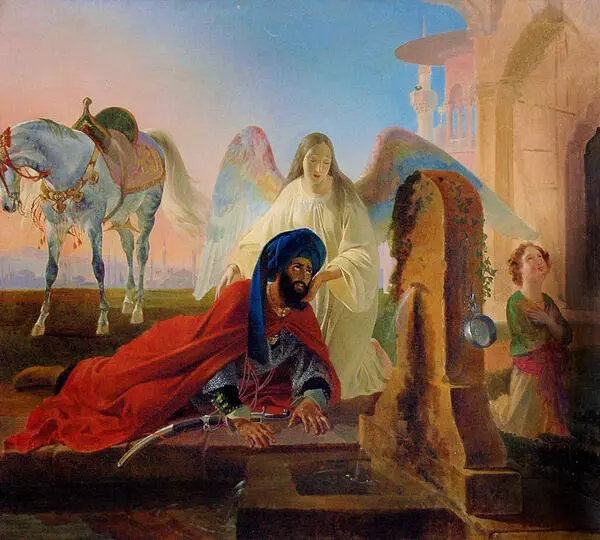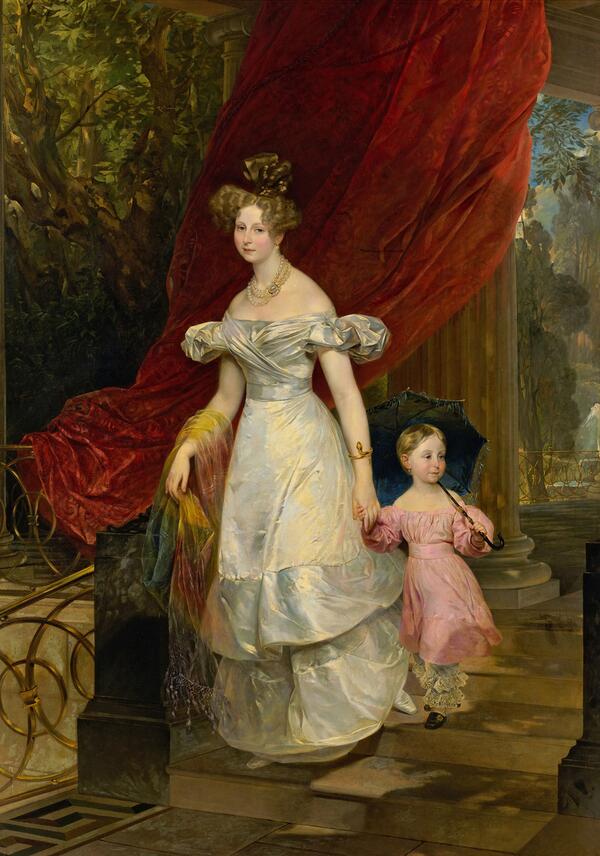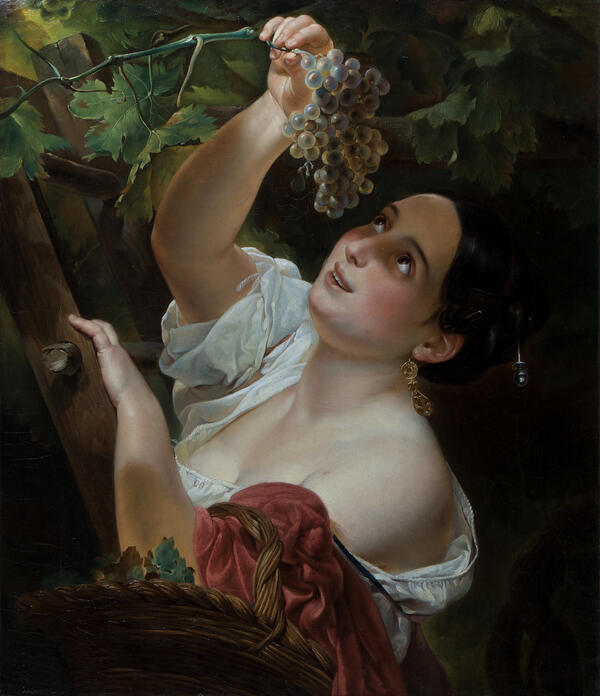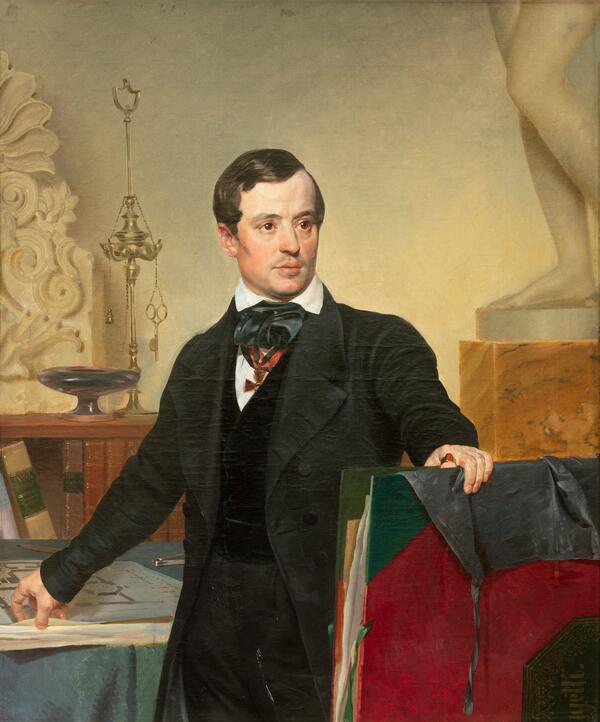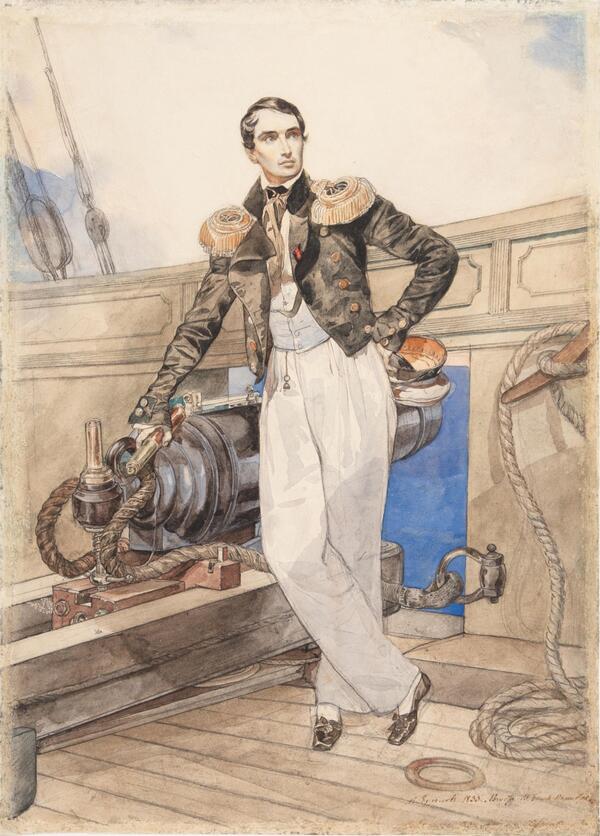Russian artist Karl Bryullov painted the Self-Portrait on a medallion in the 1820-1830s. At that time he lived in Italy as a pensioner. That was the way Russian art students who studied abroad at the expense of an educational institution or the Society for the Promotion of Artists were called. Bryullov was one of best students of the Imperial Academy of Arts. He was the first one to be allowed to paint unsupervised even in his first years at the Academy, and his graduation work was awarded a grand gold medal.
Self-portrait
Creation period
1820-1830s
Dimensions
8,2x6,5 cm
8.2х6.5 cm, frame: 15.5х13.1cm
8.2х6.5 cm, frame: 15.5х13.1cm
Technique
Animal bone, glass, wood, metal, watercolour over graphite pencil
Exhibition
1
Open in app#1
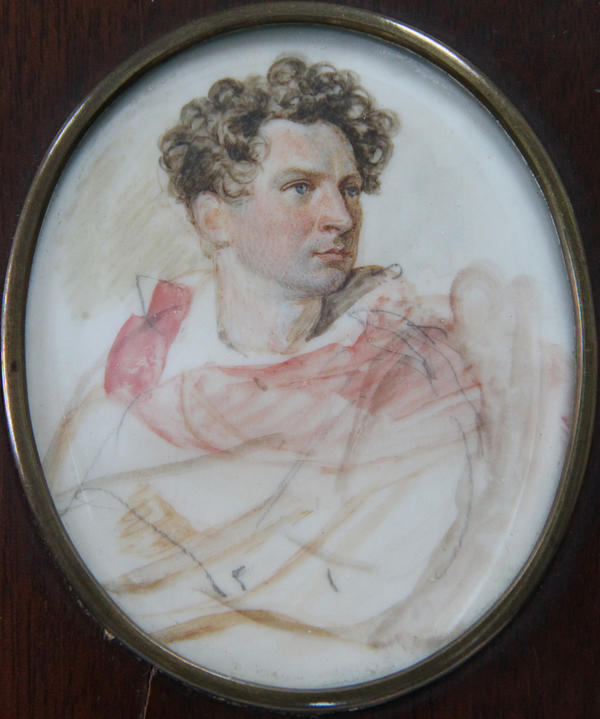
Karl Bryullov
Self-Portrait
#2
#4
In Italy, Bryullov worked at his major painting, The Last Day of Pompeii. The artist created a whole set of self-portraits, he even put one of them in that painting about the destruction of the ancient Roman city – we can see a painter is trying to save his box with paints and paint brushes in the left part of the canvas.
#5
The Last Day of Pompeii. 1833.Source: wikipedia.org
#6
Karl Bryullov made this miniature palm-size portrait on an ivory plate. He made the sketch with a graphite pencil and added volume with watercolour over it. The Artist depicted himself with a typically Romanticist turn of the head and looking into the distance. But the miniature was left unfinished, only the head is drawn in detail.
#9
It was not infrequently that Bryullov left his paintings unfinished, the portrait of Ivan Krylov, for example, was finished by the artist’s student already after the famous fable writer’s death. But the customers always closed their eyes to that. Along with his older colleague Vassily Tropinin, Bryullov was considered the best portraitist in Russia and becoming his model was a matter of prestige.
#8
Portrait of Giovanina Pacini. Watercolour. 1832.
Source: wikipedia.org
In Rome, Bryullov received a lot of portrait commissions as well –wealthy Italians and the Russian nobility who were vacationing in Italy came to him. He painted the portraits of Prince Alexey Tolstoy and Princess Maria Vyazemskaya, German Princess Maria von Württemberg and Count Charles- André Pozzo di Borgo.
#10
This miniature was contemplated as a souvenir – the portrait is in an oval frame under a piece of glass. At the time, such articles were put on highboys and secretaires, hung on walls and taken along when travelling. Portraits of the royalty done in this manner were given by officials as awards.
#11
Both in Russia and in Italy, one could buy special sets consisting of a frame, a piece of glass and an ivory plate, in cheaper sets the latter could be replaced with ordinary carton. The only thing that remained to be done was draw a portrait you wanted. By the middle of the 19th century, however, with the appearance of daguerreotype, an early photography technique, the miniature lost its popularity.
This work by Bryullov had been in a private collection and was donated to the Museum by the Khanty-Manssiysk Bank.
This work by Bryullov had been in a private collection and was donated to the Museum by the Khanty-Manssiysk Bank.
#12
State Museum of Fine Arts of Khanty-Mansiysk
read morehide
00:00
00:00
1x
Self-portrait
Creation period
1820-1830s
Dimensions
8,2x6,5 cm
8.2х6.5 cm, frame: 15.5х13.1cm
8.2х6.5 cm, frame: 15.5х13.1cm
Technique
Animal bone, glass, wood, metal, watercolour over graphite pencil
Exhibition
1
Open in app
Share


